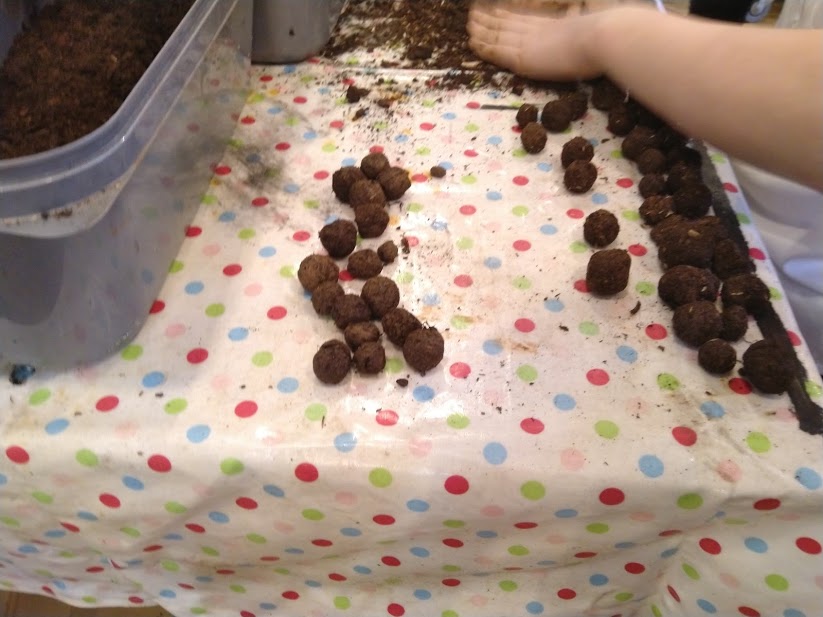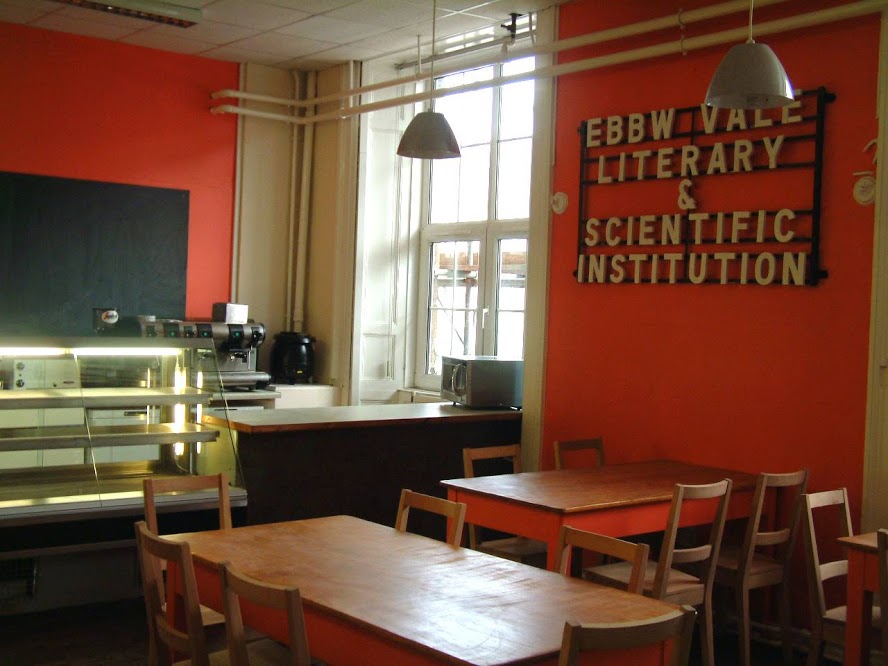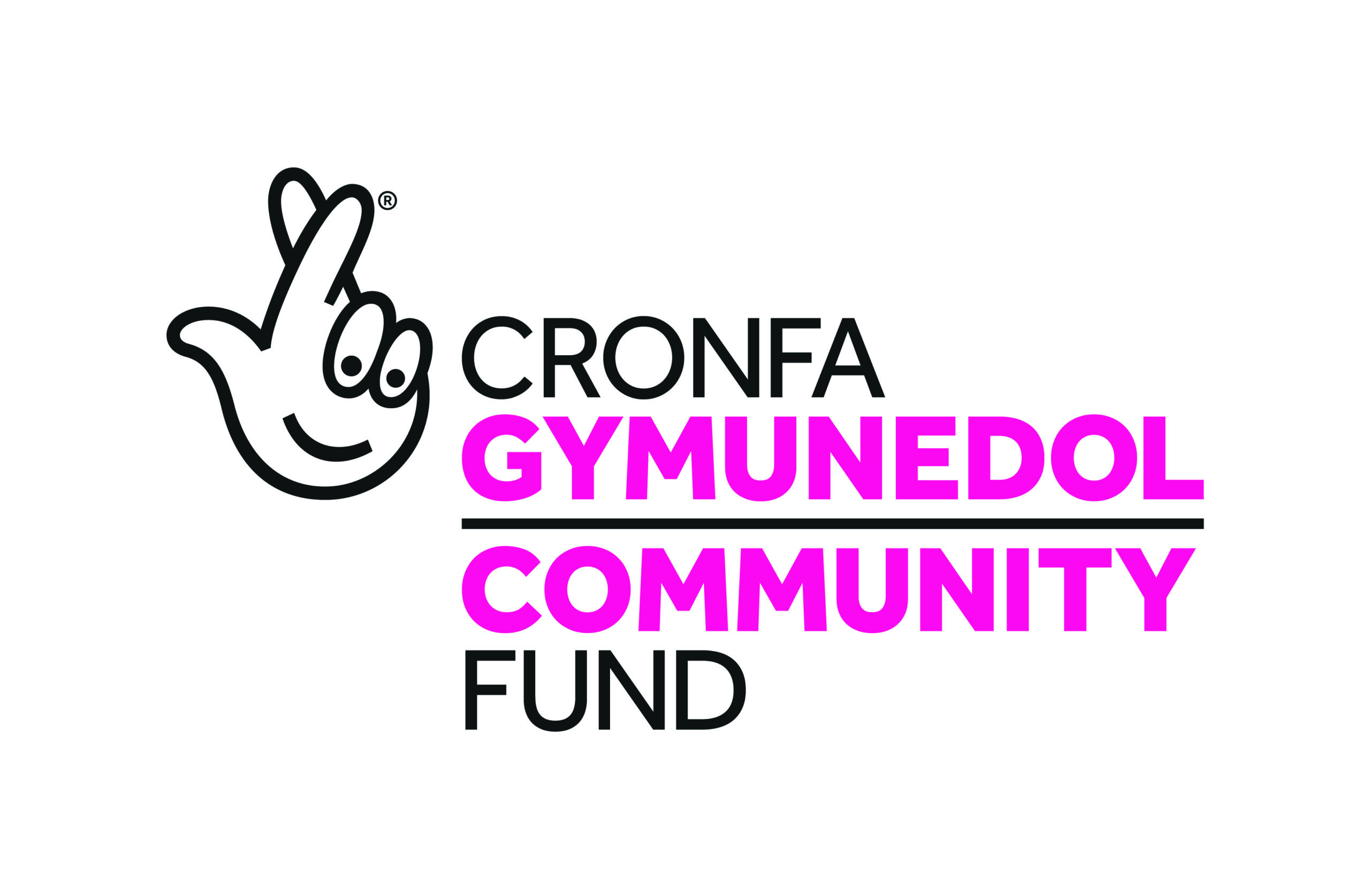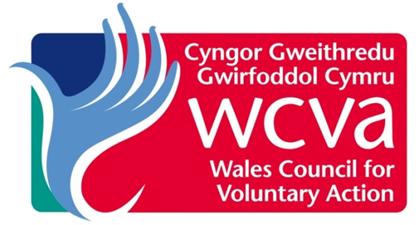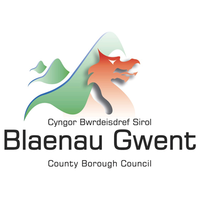Join Us To Celebrate A Sustainable Christmas
Comments Off on Join Us To Celebrate A Sustainable ChristmasOver the last few months the EVI has been doing lots to improve the sustainability of the building and the surrounding area. As we come to the end of this period of our special sustainability drive we’re inviting the residents of Ebbw Vale to join us in a Christmas Celebration and create some environmentally friendly decorations.
On Wednesday, 27th November we invite all members of the community to join us between 4pm and 7pm for our Festive Family Fun event. There will be a pedal powered disco, a buffet for the kids and a glass of mulled wine and a mince pie for the parents. We’ll also have some fun recycling workshops turning driftwood into fun Christmas trees and creating Christmas baubles… and we’ll be doing all this for FREE.

The event is being held to celebrate the end of our sustainability project that has been running for the past few months with £32,523 funding from the Landfill Disposals Tax Communities Scheme through WCVA. A load has been going on at the EVI as a part of this project.

The Light Fantastic
The first thing we did was attempted to reduce energy consumption at the EVI. An energy review that had been carried out previously at the EVI highlighted where energy was being wasted the most in the building. The funding the EVI received allowed us to carry out improvements based on recommendations made in the energy review report. Lighting was a huge energy waster therefore some of the funding was used to convert all the lighting to LED, which uses 90% less energy. New eco driers that use cold air rather than cold air were also fitted in the bathrooms.
Drafts and heating were also an issue in this large, historic building. Doors being left open, heating empty rooms and expensive electric heaters being used was a big issue. This was solved by fitting automatic door closers on all the doors, automatic controls were fitted on radiators and energy meters were installed. The portable electric heaters were banished as new energy efficient wall heaters were fitted with 10-minute timers. The air source heat pumps that were installed when the EVI underwent restoration over a decade ago were in dire need of repair works as they had become inefficient meaning that in the winter we had to rely on heating the building with a back up gas boiler. The fund allowed the repairs to take place meaning the EVI was once again being heated primarily through the energy efficient pumps.

Community Spirit
As a part of our sustainability project we wanted to involve the community by offering volunteering and training opportunities. The aim was to teach skills and inform the public about sustainability and what they could do. In April we ran a plastic pollution workshop at the EVI for Earth Day. Here we shared information about the prevalence of plastics in our lives and what we could do to cut down on this.
In June we held a wildlife gardening workshop with Eggseeds to increase the biodiversity of the area. Young volunteers built bug hotels and made seed bombs. The colourful bug hotels take pride of place at the front of the EVI.
Knowledge is Power
An important part of the project for us is that we encourage people in the area to help us share the sustainability message. We invited those that were interested in helping us spread the word to attend two separate training sessions. The first was a blogging and video creation workshop. Attendees learnt skills on how to plan and create their own videos. They also, despite only having a day to fit in everything, managed to create the following video detailing all the work that had gone on at the EVI so far.
The second session was a blog writing workshop. Attendees chose a subject that interested them and created a number of articles to promote the sustainability and energy efficiency message. Articles included how to cut down on carbon, planting trees, sustainable tea and more. All these articles have been published on the EVI website. Check them out in the related articles below.
Join us
This Festive Fun event is our way of celebrating all the work that has been done and to keep spreading the sustainability message in a fun way by creating some Christmas goodies to take home. To reiterate – a pedal powered disco, buffet, mulled wine and mince pies – and did we mention it was FREE? Join us to celebrate and make by registering your interest here:
Related articles:
5 Steps To Live A More Sustainable Life
5 Things You Can Do To Help The Earth
The Ultimate Guide To Sustainabili-TEA






